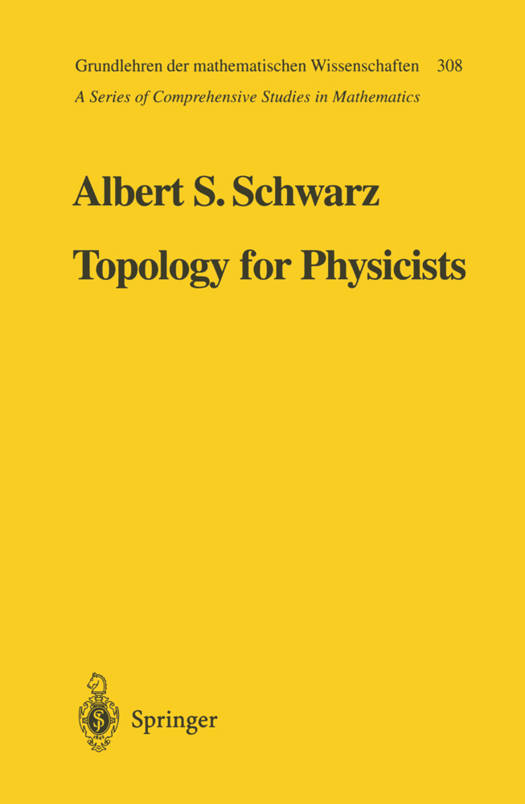
- Afhalen na 1 uur in een winkel met voorraad
- Gratis thuislevering in België vanaf € 30
- Ruim aanbod met 7 miljoen producten
- Afhalen na 1 uur in een winkel met voorraad
- Gratis thuislevering in België vanaf € 30
- Ruim aanbod met 7 miljoen producten
Zoeken
Omschrijving
In recent years topology has firmly established itself as an important part of the physicist's mathematical arsenal. Topology has profound relevance to quantum field theory-for example, topological nontrivial solutions of the classical equa- tions of motion (solitons and instantons) allow the physicist to leave the frame- work of perturbation theory. The significance of topology has increased even further with the development of string theory, which uses very sharp topologi- cal methods-both in the study of strings, and in the pursuit of the transition to four-dimensional field theories by means of spontaneous compactification. Im- portant applications of topology also occur in other areas of physics: the study of defects in condensed media, of singularities in the excitation spectrum of crystals, of the quantum Hall effect, and so on. Nowadays, a working knowledge of the basic concepts of topology is essential to quantum field theorists; there is no doubt that tomorrow this will also be true for specialists in many other areas of theoretical physics. The amount of topological information used in the physics literature is very large. Most common is homotopy theory. But other subjects also play an important role: homology theory, fibration theory (and characteristic classes in particular), and also branches of mathematics that are not directly a part of topology, but which use topological methods in an essential way: for example, the theory of indices of elliptic operators and the theory of complex manifolds.
Specificaties
Betrokkenen
- Auteur(s):
- Vertaler(s):
- Uitgeverij:
Inhoud
- Aantal bladzijden:
- 296
- Taal:
- Engels
- Reeks:
- Reeksnummer:
- nr. 308
Eigenschappen
- Productcode (EAN):
- 9783540547549
- Verschijningsdatum:
- 18/08/1994
- Uitvoering:
- Hardcover
- Formaat:
- Genaaid
- Afmetingen:
- 156 mm x 234 mm
- Gewicht:
- 621 g

Alleen bij Standaard Boekhandel
+ 337 punten op je klantenkaart van Standaard Boekhandel
Beoordelingen
We publiceren alleen reviews die voldoen aan de voorwaarden voor reviews. Bekijk onze voorwaarden voor reviews.











